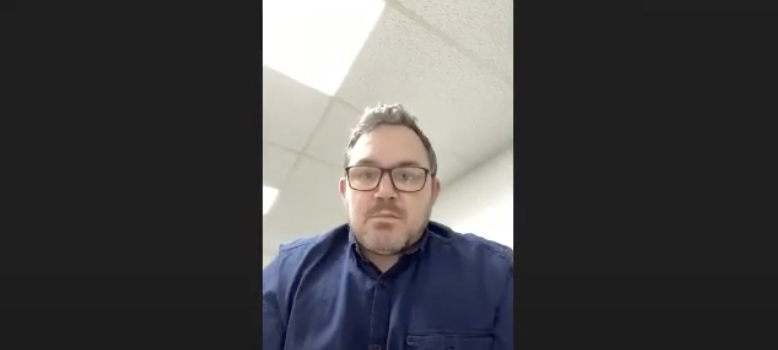Manor Signs in Aylesbury, Buckinghamshire, has run a variety of wide-format printers in its time, with latex machines its current focus. The company recently replaced a HP Scitex FB500 with a HP Latex R1000 Plus, which it runs alongside a Latex 330. I talked with MD Gareth Craythorne about the latest investment and his reasons for making it.
So firstly Gareth, when did you actually make the switch from the HP Scitex FB500 to the R1000 Plus, and why?
The R1000 Plus was delivered in December last year. We were really due an upgrade as the Scitex machine had done its mileage and we were looking for an alternative machine to progress what we could do production-wise. I started to look more closely at the latex as I knew the technology had developed somewhat and I went to see the printer at one of my suppliers’ customers and thought how great it was. It printed perfectly. It was a no-brainer really.
At one time you had three or four solvent and UV printers, and now you have just two latex machines - the HP R1000 Plus and an older HP Latex 330. How have you managed the changeover in technologies, internally and with your customers?
To be honest it was pretty seamless. I know they are different technologies in terms of the ink, but it was really just about adjusting the curing times. With the R1000 the quality of the print is quite a bit better than it was with the UV so it was win-win.
How important are the eco credentials of the latex machines to your customer base?
I wouldn’t say it’s a big deal for them at the moment, but it’s something we are investigating. People are obviously becoming more aware of the environment and of what they’re producing and how it’s produced. Print and signage is quite a wasteful industry and we do use materials that use fossil fuels to produce etc., so anything that we can do to improve things in the longer term the better. We’re really just starting to touch on that with our clients and the feedback has been really good. It’s not been something we’ve focused on as a priority but we are starting to see the knock-on effect of just starting to let people know about the greener credentials of latex, and we’re looking at greener materials to complement that production.
How significant is it that the HP Latex R1000 Plus offers nine colours, including white?
Initially it wasn’t an important consideration. It was only when we started looking at the machine a bit more in depth that I realised how well it prints. The white is so strong and offers so many possibilities - you can undercoat, overcoat, put it between layers. The options are great, and though we’re not really pushing that yet we will start to focus on it.
You mentioned to me that it was very important to you that new machine fit into your existing workflow. Can you tell us a bit about that?
Essentially, although it has a completely different inkset to the Scitex, the new machine really fit in quite easily. We’ve had to adjust some of the materials we print onto to ones that are more latex-friendly, but apart from that it really was just a shoe-in.
So where are you now on the Latex learning curve, and what lessons have you learned so far?
We’ve certainly learned a lot already. We’re still finding our feet and we’ve sort of thrown ourselves in at the deep end a little bit but we’re getting there. It tends to be a bit of a grey area when it comes to curing times but we’re working that out.
So did you make the right investment, at the
right time?
I probably should have made it a year earlier! The speed and quality are just fabulous.


